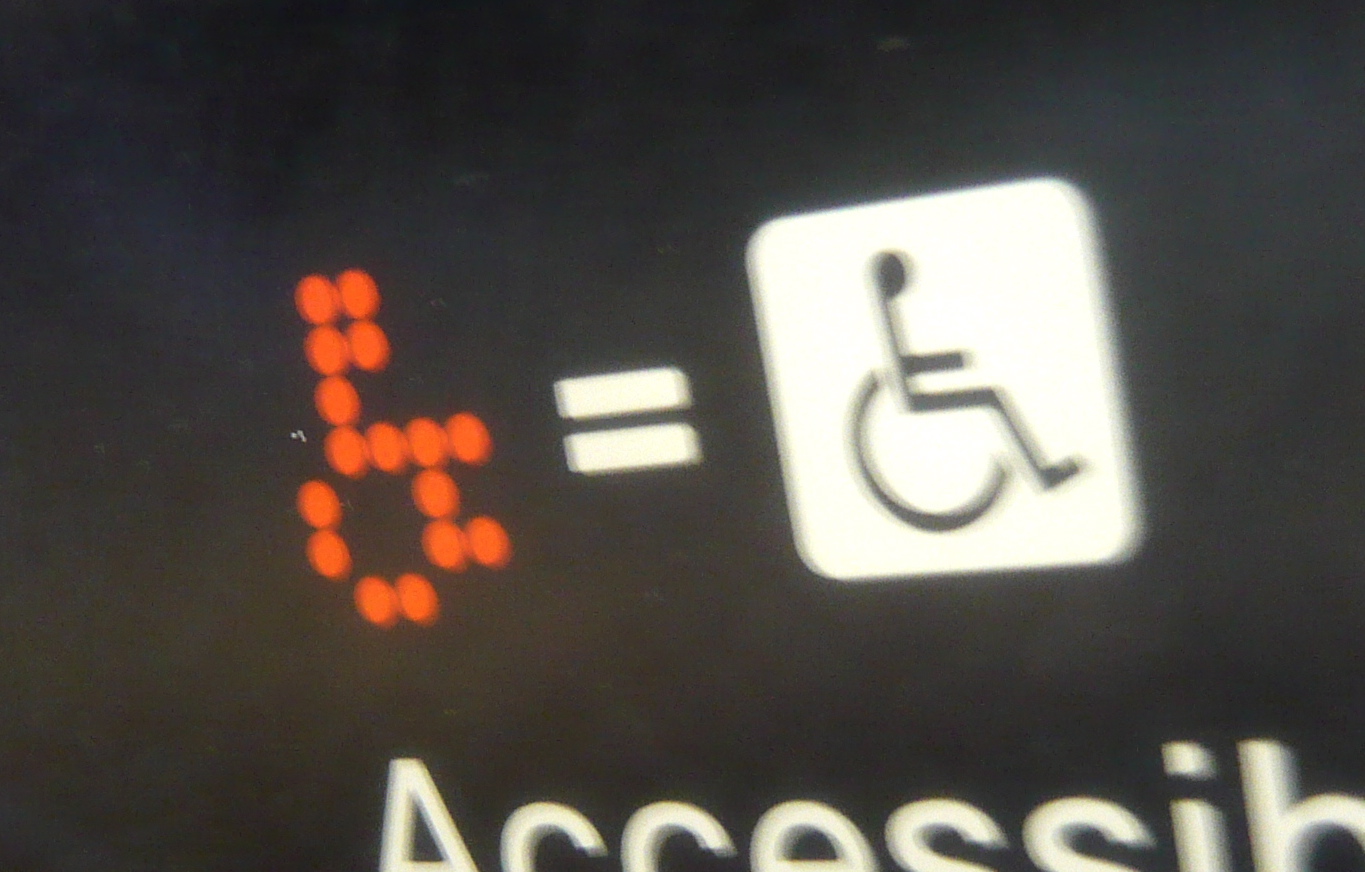
In the last 2 years, at least four big tech companies have created positions in accessible technology — a move that seems to signal a serious commitment to making products and services usable by people with all kinds of abilities and needs. AT&T named Christopher Rice as “Chief Accessibility Officer” in early 2013. Since then, others have followed suit: IBM’s Frances West and Microsoft’s Robert Sinclair, both of them longtime leaders in inclusive and adaptive technologies, were given the same new CAO position and title. And this summer, Yahoo tapped Larry Goldberg, former leader of the National Center for Accessible Media — they brought the world closed-captioned television — to be its first Director of Accessible Media.
Inclusive technology appears to be hitting the mainstream, after decades of tireless advocacy by non-profits and invisible corporate side efforts. Why now? These companies may be taking seriously the market implications of a 2011 WHO finding: that one billion people worldwide live with disabilities. Or they may have in mind the recent acceleration of digital tech use by adults over 50.
Whatever the case, the need is great, and these companies are hiring. But they’re not finding the programmers, engineers, and designers who can think about differences and needs beyond the basics.
I talked with Larry Goldberg about accessibility in the age of wearables and the Internet of Things, why he can’t hire fast enough, and what young professionals can do to make their projects more inclusive. The whole post is over at Medium, but here are a couple of excerpts.
You’re the new Director of Accessible Media at Yahoo, and you’re joining other recent senior-level hires in accessibility. Tell me about that.
Yes, this position was created for me, essentially, because Yahoo has elevated video and other media to be a central offering for our users. I have a background in media production, distribution, operations — and accessibility — so it was a natural fit. We are hosting hundreds of thousands of video streams every month, so it’s no small challenge to make them all accessible. Then there’s Flickr, with millions (billions?) of images — it would be great to have the ability to describe them too.
Throughout Silicon Valley, companies are hiring accessibility experts like never before. Developers, engineers, product managers, mobile, web, every possible platform and at the top companies, like Facebook, Google, Amazon, Twitter, and many others. At Yahoo we have four open positions in our Accessibility Team alone!
What does it mean for Yahoo to make its content more accessible? Who are the users you have in mind, and what kinds of alternate interactions are your challenges to create?
For Yahoo, whose mission is “to be an indispensable guide to digital information, yours and the world’s,” being accessible means aiming for a sort of seamlessness in experiencing the web, for the web to be served up your way, personalized to your needs and preferences. On a day-to-day and minute-by-minute basis, it means that however you access the web, via whatever platform or app, we’re working to make sure our content works with your screen reader, for example, or that a video you watch has closed captions, or that any of our web sites you go to can be navigated without a mouse. The users we have in mind are people who rely on VoiceOver on iOS devices and OSX Macs, TalkBack on Android, JAWS on PCs — whatever assistive technology you use, we want to support it.
And deeper and earlier into our design and development process, we want to be sure that our apps don’t break if you increase the font size, for instance, or that the experience of a great service like Flickr works for everyone however it’s accessed. It all comes down to supporting alternate inputs and outputs, and there are lots of them our users take advantage of. Speech in, Braille out; single switch in, audio out; head-stick touch in, magnified screen out — we test for all combinations and possibilities.
You said you have four positions open. Why can’t you find people who are trained for the work?
Yahoo is searching for two front-end mobile and web engineers — with strong backgrounds in online accessibility. That’s the rub. We need experienced staff who can guide the company’s developers and speak their language and who are steeped in assistive and accessible technology. While we could bring on a great engineer and give them on-the-job training on the various web and mobile accessibility standards, techniques and tools, that just won’t work for us. These new hires need to know more than the existing accessibility team and teach us what’s new and what’s next. This is the kind of knowledge universities should be adding to their design and engineering curricula. And it’s not just Yahoo — every Silicon Valley company is on the hunt for just these kinds of candidates.
We’re are also looking for someone great to run our Accessibility Lab (equipped with the latest and greatest technology) and a Manager of Community Engagement to handle our social media and internal and external presentations. Great jobs — for the right people with the right skills and experience.

